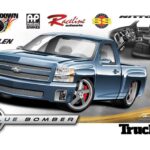By Jim Aust
It’s not a stretch of the truth t say that one of the best parts of owning a classic truck is actually driving it, and one of the major components on he short list of making a classic truck a joy to drive is an overdrive automatic transmission. One company that firmly believes in the importance of matching a quality transmission to your vehicle is Gear Star Performance Transmission. While many companies have a limited selection and will sell you what they have in stock without any consideration for your vehicle’s horsepower, rearend gearing, or the type of driving you’ll be doing, Gear Star Performance Transmission takes all of these factors and more into consideration when preparing a transmission for your prized ride.
When we decided to upgrade our ’56 Chevy project truck to a small-block Chevy mill, we also decided it was a good time to select an overdrive automatic we’ve grown to love in our late model rides. A call to Gear Star Performance Transmission was met with friendly and knowledgeable advice that directed us toward a GM 200R4 automatic transmission. Because we were keeping the horsepower well under 450 and would mostly be pleasure cruising our Chevy, the 200R4, with its preferable even gear splits (starting with a 2.74 First gear that feels much better than the 700R4 transmission’s comparable sometimes too low3.06 First gear) and compact size, was a good fit for us. An added bonus is the relative bargain these pleasantly priced units offer compared to other vendor’s transmissions that wouldn’t be as well suited to our needs. Added peace of mind comes from the fact that every Gear Star transmission is built and dyno-tested by one master builder from start to finish, and it’s backed by the best available warranty (24 month/24,000 mile) in the industry.
Before we started our installation, we rounded up all the pieces we would need- besides the Gear Star- built 200R4 and their slick installation package-from Classic Performance Products (crossmembers for the engine and transmission), Lokar (shifter), and PowerMaster (starter). Follow along as we complete the initial installation of our new drivetrain and get our pickup that much closer to some enjoyable highway and daily cruising.
 |
1) The GM 200R4 transmission is a compact overdrive unit used from 1981-87 in models ranging from full-size Cadillacs to the Buick GNX. This transmission is the same overall length and uses the same output spline as the short-tail Gm Turbo 350, and was manufactured with the Buick, Chevrolet, Oldsmobile, and Pontiac bolt patterns. The compact transmission is perfectly suited for daily drivers and cruisers with up to 450 horsepower when prepared by Gear Star Performance Transmission. |
| 2) The economical GM 200R4 kit from Gear Star Performance Transmission comes with everything you need to fit a reliable overdrive transmission in your ride, even a free installation kit, which includes a dipstick, dust cover, mount, Lokar throttle pressure cable, trans cooler, wire harness, and trans fluid. | 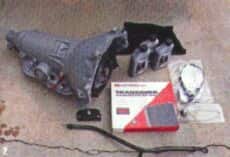 |
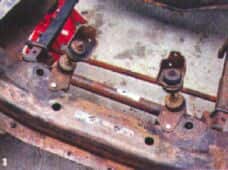 |
3) Because our truck was originally equipped with a six-cylinder engine, we bolted in a set of factory V-8 front engine mounts to use as a reference point for mounting the V-8 that will eventually go into our truck. |
| 4) For our installation, we elected to go with a Classic Performance Products (CCP) tubular engine and transmission crossmembers, which utilize the sturdier side of the engine block mounts first introduced on the Chevy small-block in 1958. | 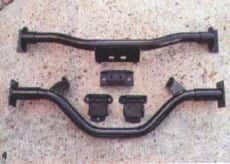 |
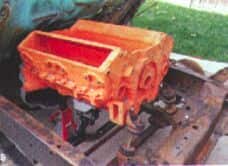 |
5) Using a lightweight “dummy” block, the mock engine was bolted to the original front motor mounts, and the CCP crossmember was mocked into place as a reference for where to drill the holes to solidly mount it to the frame with the supplied hardware. |
| 6) Once the CCP crossmember was in place, we removed the original front mounts. Note that the engine now sits a little lower and even with the framerails. | 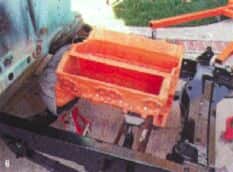 |
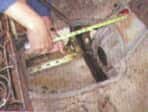 |
7) With the mock-up engine in place, we measured rearward from the back of the engine to the approximate location where we wanted to mount our Lokar shifter. |
| 8) The Lokar shifter mounts to the transmission case via this pair of aluminum plugs (one on each side) | 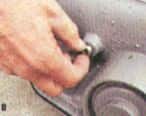 |
 |
9) After threading the Allen head set screws in to the shifter side mounting plates and the aluminum plugs, the preassembled shifter assembly is bolted to the top plate. |
| 10) We checked to make sure our initial measurement from inside the cab matched the installed shifter assembly. | 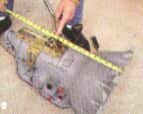 |
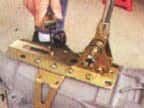 |
11) The shifter top plate was locked into place by a pair of tension set screws, one in the center of the top plate and the other at the forward end of the shifter. |
| 12) Next, we mounted the trans arm and tightened the supplied nut to hold it securely in place. | 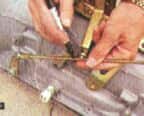 |
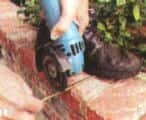 |
13) We installed one end of the threaded shift arm into the trans arm marked where it needed to be cut. |
| 14) The threaded shift arm can be cut to the desired length with a cutoff wheel or hacksaw. |  |
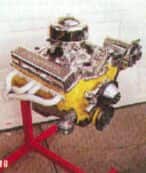 |
15) The preliminary installation of the shifter was completed when we connected the trans arm to the shifter assembly. The entire setup was then removed by loosening the lower set screws. It will be reinstalled easily through the floor access hole once the transmission is mounted in the truck. |
| 16) The engine that will be going in our ’56 Chevy pickup is this ’62 283-inch small-block recently dressed up for a story in our sister magazine, Rod & Custom. New retro-themed parts include pieces from Edelbrock (the carb, intake manifold, water pump, and fuel pump), PowerMaster (PowerGen alt/gen), Hedman Hedders, and SOCAL Speed Shop (air cleaner). | 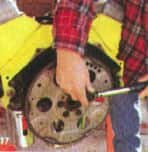 |
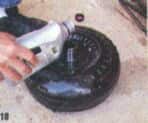 |
17) This engine had previously been mated to a manual stick transmission, so the flywheel was swapped in favor of a new automatic flexplate. We torqued the ARP flexplate bolts to the required 65 lb-ft. |
| 18) Before installing the new torque converter, we filled it up with a quart of ATF. | 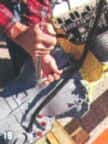 |
 |
19) The Gear Star 200R4 tranny was mated to the vintage mouse motor, and then we secured it with new bolts. |
| 20) The moment of glory came as we finally eased our new power plant and transmission into their new home. |  |
 |
21) For added reliability and performance, we selected a PowerMaster high-torque compact starter and bolted it into place. |
| 22) Matching our engine crossmember is a tubular transmission mount from CCP. We bolted the tranny mount into place after we checked that everything was square and we were happy with the driveline’s placement. | 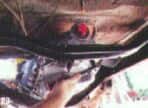 |
 |
23) Since we already set up the Lokar shifter on the trans case outside the vehicle, it was just a matter of retightening a few screws to get back in business with the slick stick. |
| 24) Careful measurements let us know where to cut our shifter hole in the transmission cover. |  |
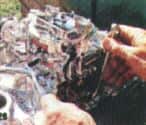 |
25) Gear Star Performance Transmission supplied the Lokar pressure cable that we connected to our Edlebrock carburetor. This will require some fine-tuning for maximum performance once the vehicle is running. |
| 26) Another Gear Star-supplied piece we installed was the trans dipstick tube. | 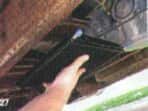 |
 |
27) The final piece to find a new home under our ’56 was the trans cooler, which keeps it healthy under even the most extreme driving conditions. |
| 28) Something new from Lokar Performance Products is this adapter that allows you to maintain the Lokar shifter’s very important push-down safety feature, but now we can retain that function with any shift knob. |  |
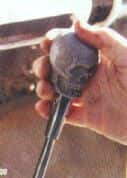 |
29) We removed the original Lokar shift knob and replaced it with their new adapter in just a few minutes. |
| 30) With a vintage skull shift knob mounted on top, our new shifter will blend perfectly with our late-’50s, custom-restyled Chevy pickup’s full retro interior. Thanks to their new adapter, Lokar opens up possibilities of potential stick toppers beyond their center push knob treatments while still retaining the safety function that makes them so popular. | 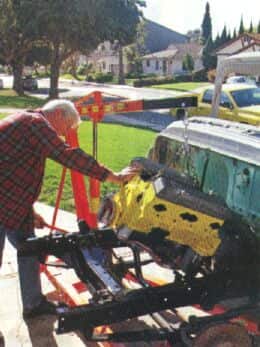 |
Ready to experience top-notch transmission solutions and expert support?

